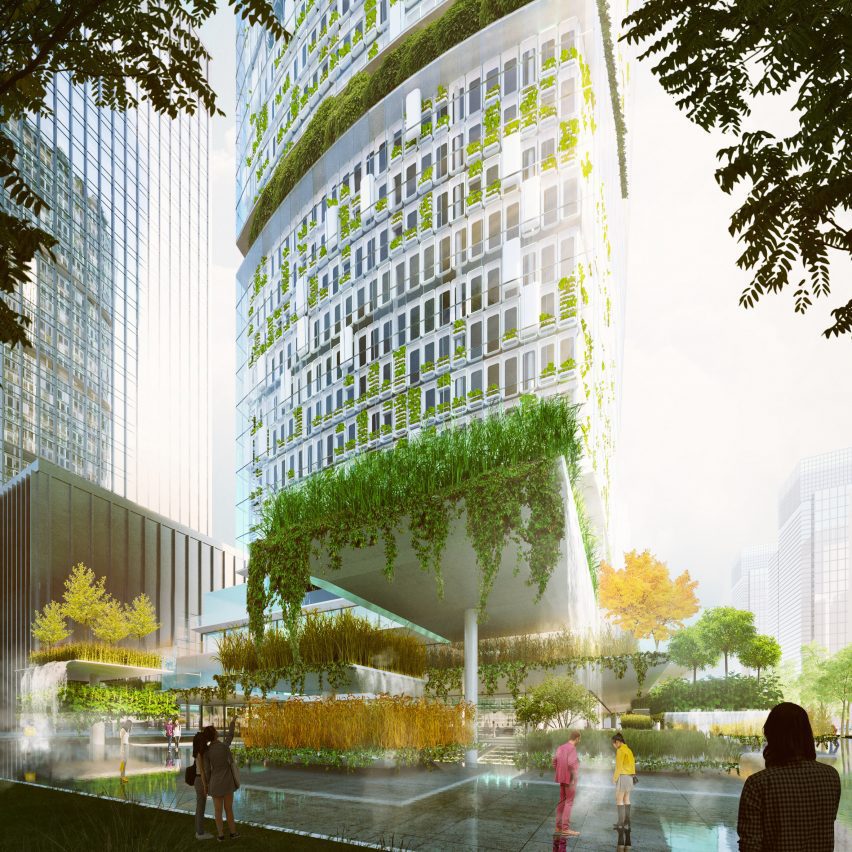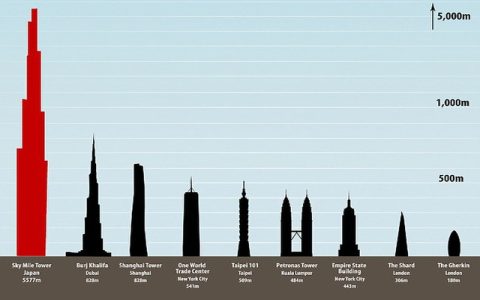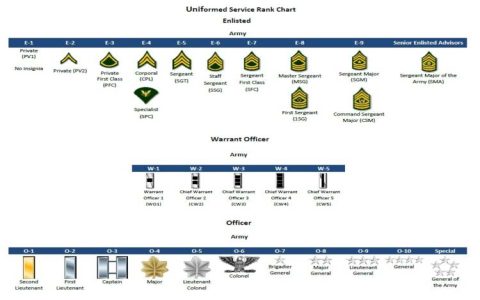The future of skyscrapers is undergoing a significant paradigm shift, driven by sustainability demands, technological advancements, and evolving human needs. Key emerging trends are fundamentally reshaping tall building design and operation:
Sustainability as Core Design Principle
Tall buildings are focusing on deep decarbonization and resource efficiency:
- Net-Zero Energy & Carbon Goals: Integration of large-scale PVs, advanced BIPV façades, deep geothermal systems, and onsite renewables is moving beyond aspiration to requirement.
- Mass Timber & Hybrid Structures: Tall timber construction (CLT, Glulam) paired with steel or concrete cores offers faster construction, significant carbon sequestration, and improved tenant well-being, pushing height boundaries beyond 80 stories.
- Enhanced Passive Design: Dynamic, intelligent façades adapting to solar angles, optimized natural ventilation strategies reducing mechanical loads, and extensive urban heat island mitigation measures are becoming standard.
- Circular Economy Integration: Design for disassembly (DfD), use of recycled/renewable materials with verified EPDs, and robust water capture/reuse systems are critical.
Technologically Integrated & Resilient Structures
Digitalization and innovation enhance performance and safety:

- Digital Twins & AI Building Management: Real-time operational optimization through AI monitoring energy, HVAC, occupancy, and predicting maintenance needs via comprehensive digital replicas.
- Advanced Structural Resilience: AI-informed damping systems (TLDs, viscous dampers) tuned to specific wind/earthquake profiles, automated life safety systems, and robust continuity of operations planning for climate events.
- Robotics in Construction & Maintenance: Increased deployment of drones for inspections, exoskeletons for worker safety, and potentially automated modules for high-risk tasks, improving safety and slashing schedules.
- Hyper-Connectivity Infrastructure: Seamless integration of robust 5G/6G networks, IoT platforms, and ubiquitous high-speed connectivity as essential utilities.
Human-Centric & Multi-Functional Vertical Communities
Skyscrapers are transforming into self-sufficient ecosystems:
- Post-Pandemic Spatial Flexibility: Adaptive layouts, advanced IAQ systems (demand-controlled ventilation, UV filtration), generous terraces, biophilic design integration, and multi-use convertible spaces cater to health and wellness.
- Vertical Urbanism: Incorporation of mixed-use programs – urban farming (hydroponics/aeroponics), co-working hubs, wellness centers, retail, education, and hospitality – creating amenity-rich neighborhoods in the sky.
- Enhanced Vertical Circulation: Implementation of multi-car elevator systems, AI-controlled destination dispatch for efficiency, and exploration of secondary rapid transit (e.g., integrated maglev lifts) within megastructures.
- Regenerative Design Focus: Shift from minimizing harm to actively regenerating the environment – generating surplus clean energy, significantly enhancing biodiversity via integrated habitats, and positively contributing to the urban watershed.
The skyscraper of the future prioritizes planetary responsibility, leverages cutting-edge technology for resilience and efficiency, and fundamentally reimagines how people live, work, and thrive within dense urban environments.





